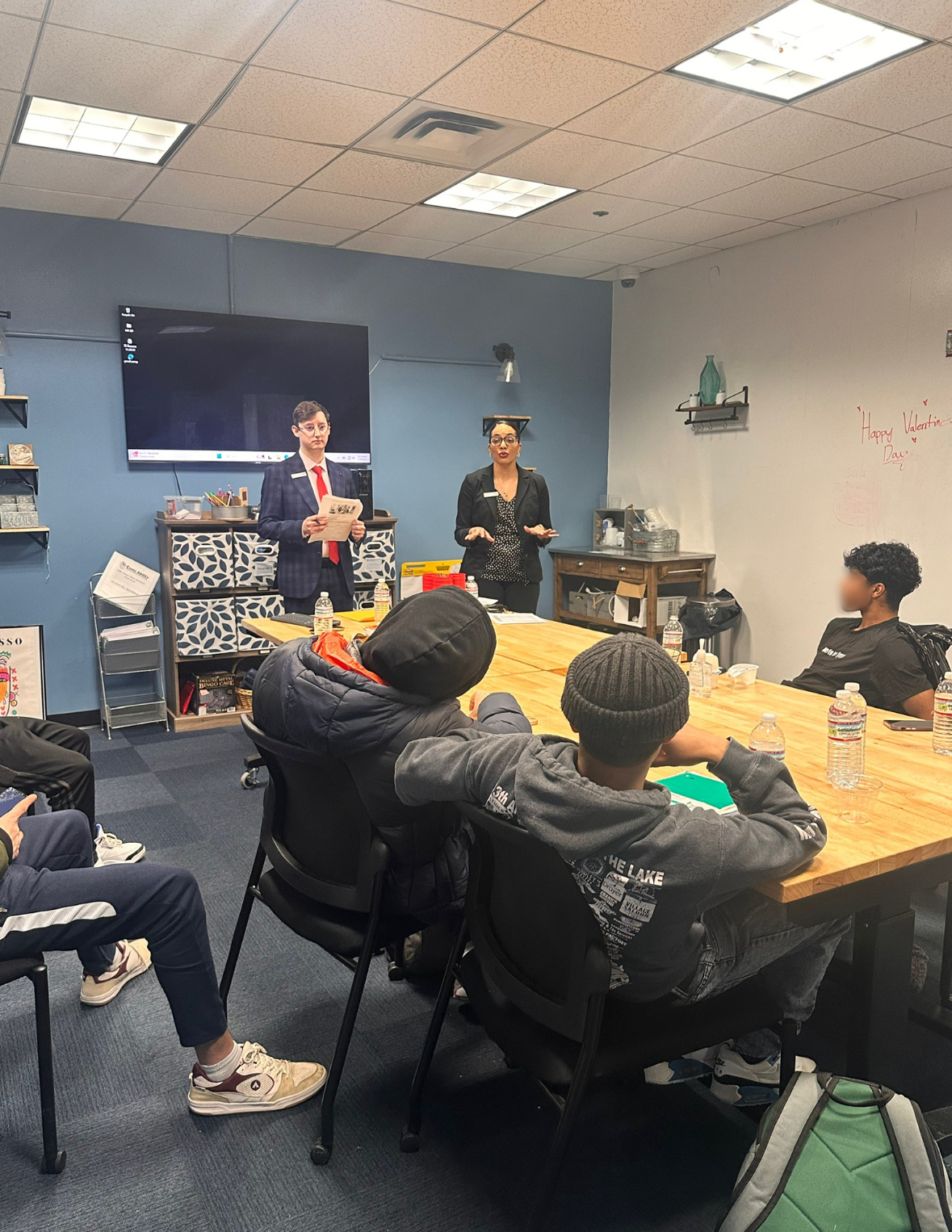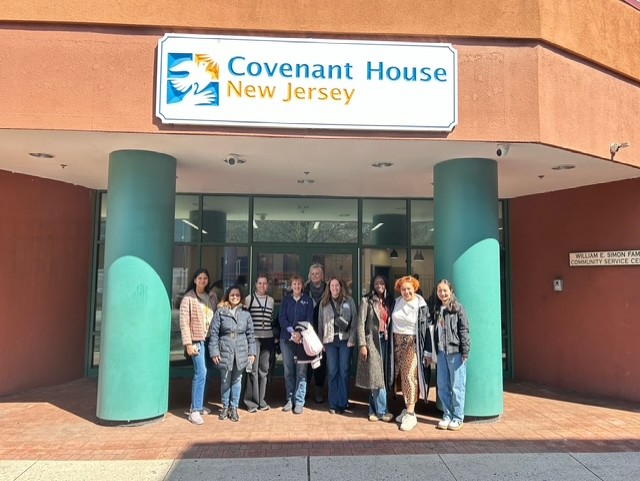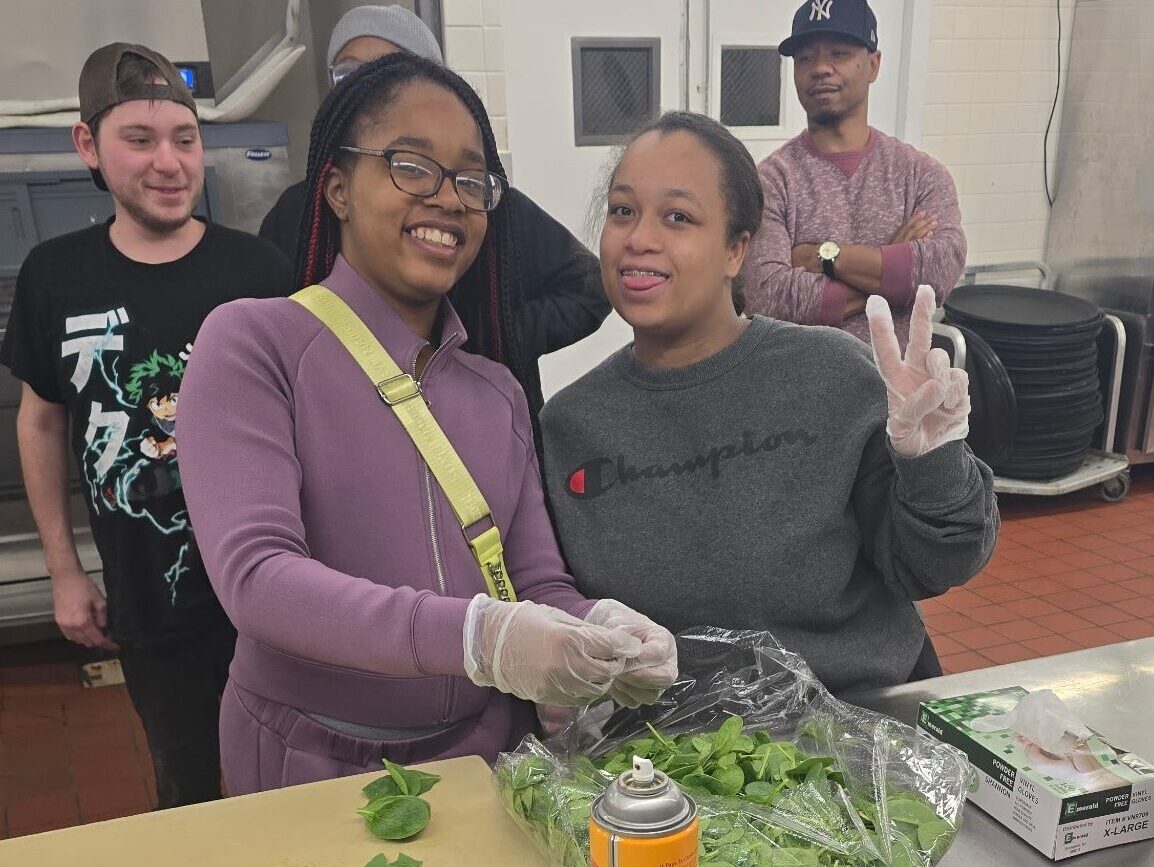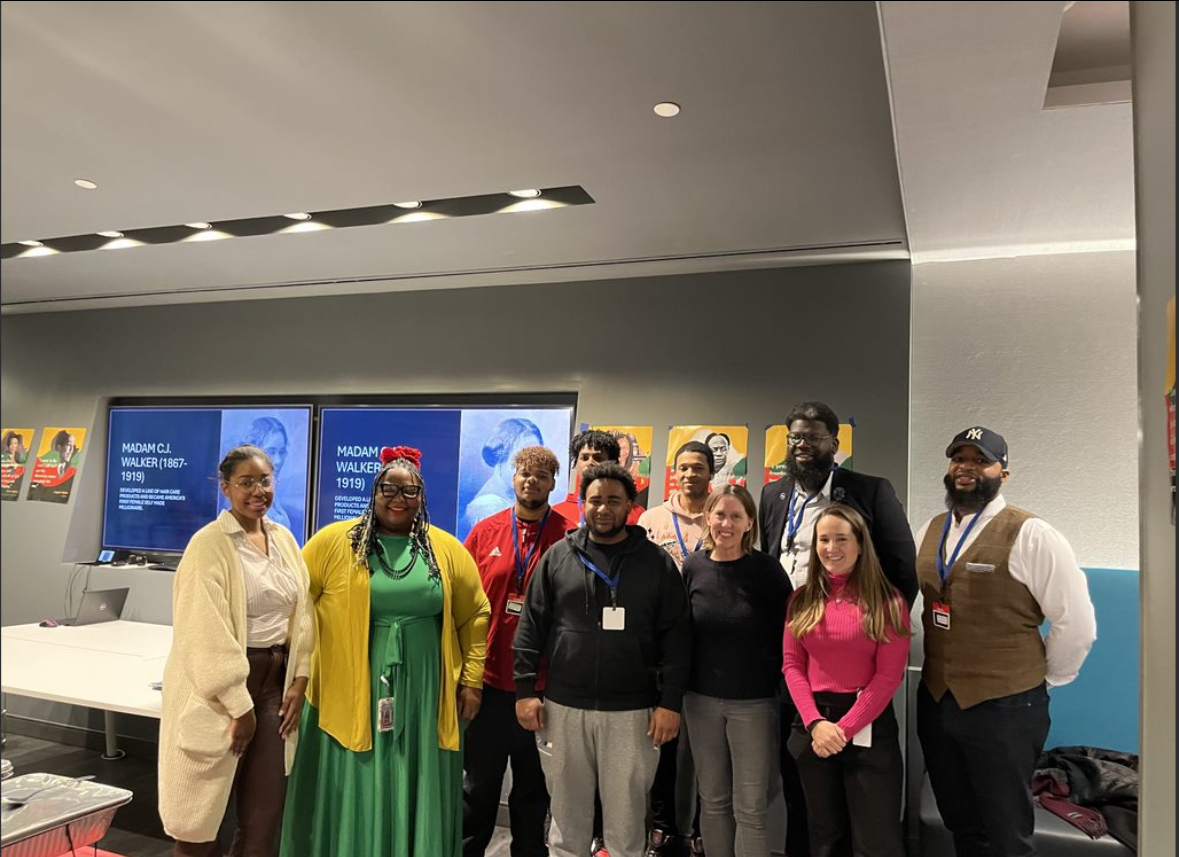At an early age, Rob experienced forced criminality. He ran away from his foster home when he was ten years old, and became involved with a trafficker who began using him to move drugs. He needed money, and was too young to work anywhere else.
“Rob had seen other people who moved drugs hurt if they tried to leave, and he was afraid they would hurt his family if he tried to leave himself. Rob eventually fled the state to escape the situation.”
Julia Einbond, Executive Director CHNJ and co-author of our recent research on forced criminality

Sadly for Rob and other young people who have experienced forced criminality, trafficking is often only the beginning. Victims of labor trafficking go on to accrue a myriad of minor charges, which compound and can result in serious legal problems,” said Kaitlyn Zedalis, co-author and associate director of research, learning, & advocacy for the Covenant House Action & Research Tank at Covenant House New Jersey. “These minor charges are overwhelmingly low-level crimes of poverty and homelessness, such as loitering, fare evasion, and trespassing.”
No victims were identified by law enforcement as victims of human trafficking in spite of a staggering 75% experiencing Labor Trafficking by Forced Criminality (LTFC) victimization prior to their first arrest. This highlights the need for screening within systems that victims are often interacting with, and to ensure that those experiencing poverty and victimization are identified and connected to resources.
What is Labor Trafficking by Forced Criminality?
LTFC refers to when the labor a victim is forced, defrauded, or coerced into performing is a crime – often drug distribution, shoplifting, or assault. “While many factors came into play when examining LTFC, no sole factor was more prevalent than poverty and more specifically homelessness,” said Kaitlyn. “The average age victims first left home was 15, and two in three victims experienced unsheltered periods of homelessness. Many victims bore histories marked by prolonged periods of being without shelter, enduring trauma, lacking supportive adult figures, and a significant portion were minors at the time of their trafficking experience.”
It is no coincidence that human trafficking is so common among Covenant House youth.

“Poverty and homelessness frequently underpin human trafficking, as the desperate circumstances provide fertile ground for traffickers to exploit. Labor trafficking by forced criminality is no exception. Our recent research at Covenant House New Jersey brings into focus this often-overlooked, underreported, and misunderstood form of trafficking.”
Kaitlyn Zedalis, co-author and associate director of research, learning, & advocacy for the Covenant House Action & Research Tank at Covenant House New Jersey.
Forced criminality is a complicated social problem. “Addressing the complex issue of forced criminality demands concerted efforts but there are things we can do to help,” said Kaitlyn. “Raising public awareness, enhancing the understanding among law enforcement and service providers, and creating pathways out of criminalization is pivotal.”
The State Department acknowledged forced criminality in its 2023 Trafficking in Persons report. CHNJ has been actively sharing research findings, including presentations at significant forums such as the National Human Trafficking Prevention Conference in Washington, D.C.
Meaningful Ways to Help Victims
“We need opportunities to change the trajectory for young people like Rob; the study sheds light on critical avenues for change—one being diversion programs for low level crimes that includes assessment for victimization and referrals to supportive services” said Julia. “The other is accessible legal representation; when provided with free, high-quality legal representation by CHNJ, clients had all charges dismissed or penalties substantially reduced.”
“Young people who are arrested for low-level crimes should be connected to supportive services instead of penalized,” says Rolidel Czekajlo, Senior Director of Services at CHNJ, who supervises the Anti-Human Trafficking Program.
Equally important are avenues out of the cycle of criminality. Pathways out of criminality for victims, such as Victim of Crime Compensation funding, which helps victims cover costs associated with the crimes committed against them and effective use of screening tools to identify victims will make a major impact.
The prevalence of human trafficking among Covenant House youth aligns with the grim realities of poverty and homelessness. CHNJ’s research uncloaks the lesser-known form of trafficking that is LTFC; illuminating a path toward rectification.
“By increasing awareness, establishing pathways out of criminalization, and enhancing legal support, we can take steps against forced criminality, providing crucial aid to those ensnared in its grasp,” said Kaitlyn.
Our May 2023 study on LTFC can be found here in its entirety.














